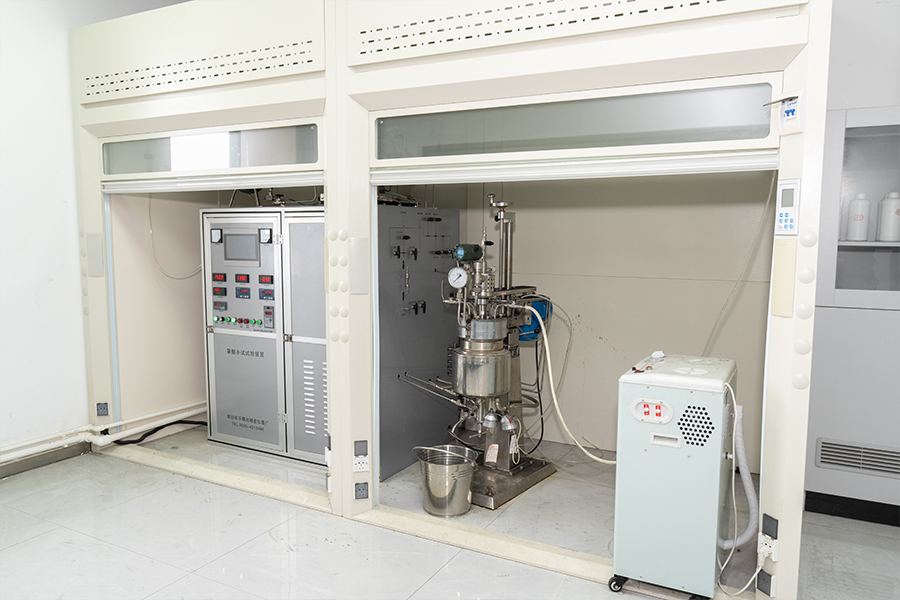Polyethylene Glycol Monooleate

Polyethylene glycol monooleate is a type of nonionic surfactant, which is the esterification product of oleic acid and polyethylene glycol. This class of compounds is widely used in cosmetics and personal care products because they have good emulsifying and dispersing properties, helping to mix oily and water-based ingredients
Surfactant properties: Polyethylene glycol monooleate is a nonionic surfactant that emulsifies and disperses between water and oil. This makes it possible to stably mix ingredients of different natures in cosmetics.
Emulsion Stabilizers: Polyethylene glycol monooleate is often used as a stabilizer in lotions and creams due to its emulsifying properties, helping to combine water and oil to form a stable milky liquid.
Thickening properties: Polyethylene glycol monooleate also has certain thickening properties, which can improve the texture and feel of the product and make it easier to use.
SPECIFICATION





